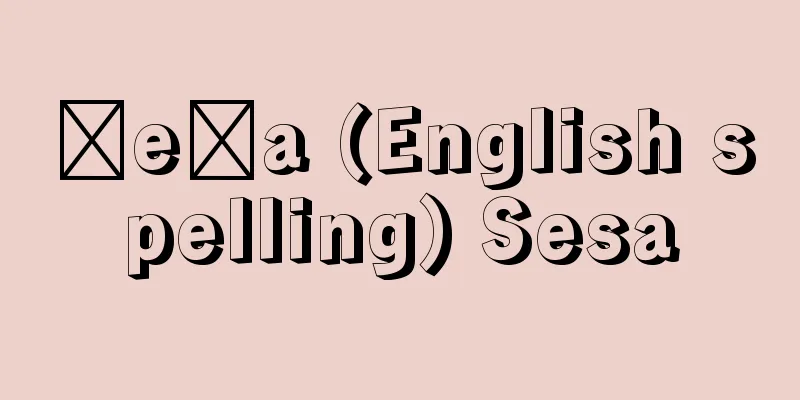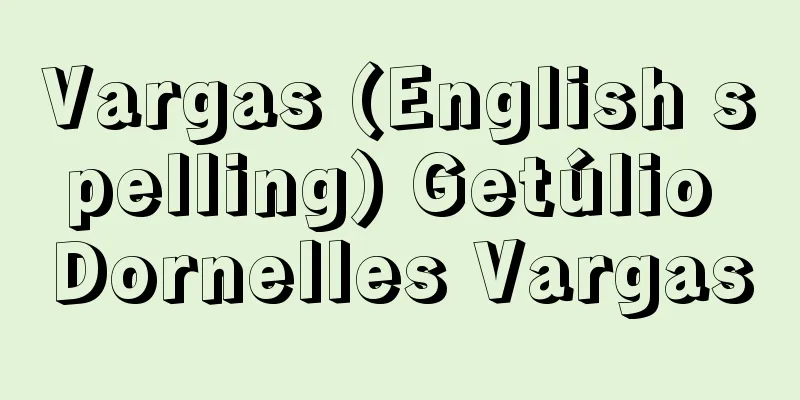Unica - Unika

|
...Therefore, the first characteristic of prints is that there are multiple identical prints. However, there are exceptions, such as early European prints called unicas, which are of which only one copy remains, and some that were made using the monotype method, which allows prints to be made only once. As a characteristic of prints that stems from their plurality, they were produced in Europe from the early days as amulets for pilgrims and as cards for games. ... *Some of the terminology that mentions "Unika" is listed below. Source | Heibonsha World Encyclopedia 2nd Edition | Information |
|
…したがって,まったく同一のものが複数あるということは版画の第1の特徴である。ただし例外として,初期のヨーロッパの版画でウニカunicaと呼ばれて,ただ1点しか現存しないものがかなりあり,またモノタイプmonotypeという1回くらいしか刷ることのできない方法でつくられたものもある。版画の複数性に由来する特色として,ヨーロッパでは初期から巡礼用のお守札として,またゲーム用のカードとしても生産された。… ※「ウニカ」について言及している用語解説の一部を掲載しています。 出典|株式会社平凡社世界大百科事典 第2版について | 情報 |
>>: Unio Moustica - Unio Moustica
Recommend
To hide one's face
...Furthermore, since masked and face-faced actor...
needlepoint lace
...but in a broader sense, lace can also be made ...
Volcanic ash flow - kazan bairyu (English spelling) ash flow
It is a high-temperature pyroclastic flow consisti...
Mirror [Village] - Kagami
A village in Tosa County in central Kochi Prefectu...
Potato magistrate - Imodaikan
This is an alternative name for Ido Masatomo (Heiz...
Kukuinoki - Kukuinoki
…Palm oil is made from the endosperm of the cocon...
Class consciousness - English
It refers to the psychology or consciousness that...
Mounted Volunteer Soldiers
…The first volunteers were recruited under the Br...
Alençon lace
… In France at that time, domestic production was...
Yuwa [town] - Yuwa
A former town in Kawabe County in the mid-west of ...
Fin movement - Kiko
…On the other hand, animals that only touch the g...
Kazanlak - Kazanlak (English spelling)
Kazanlak is a city in the Kazanlak Basin, between...
Fushimi dolls
These dolls are made near Fushimi Inari Taisha Sh...
Daudet, Alphonse
Born: May 13, 1840. Gall, Nimes [Died] December 16...
Kushiro [city] - Kushiro
A city in eastern Hokkaido facing the Pacific Ocea...

![Peugeot [company] - Peugeot](/upload/images/67ccb3568b6c8.webp)







